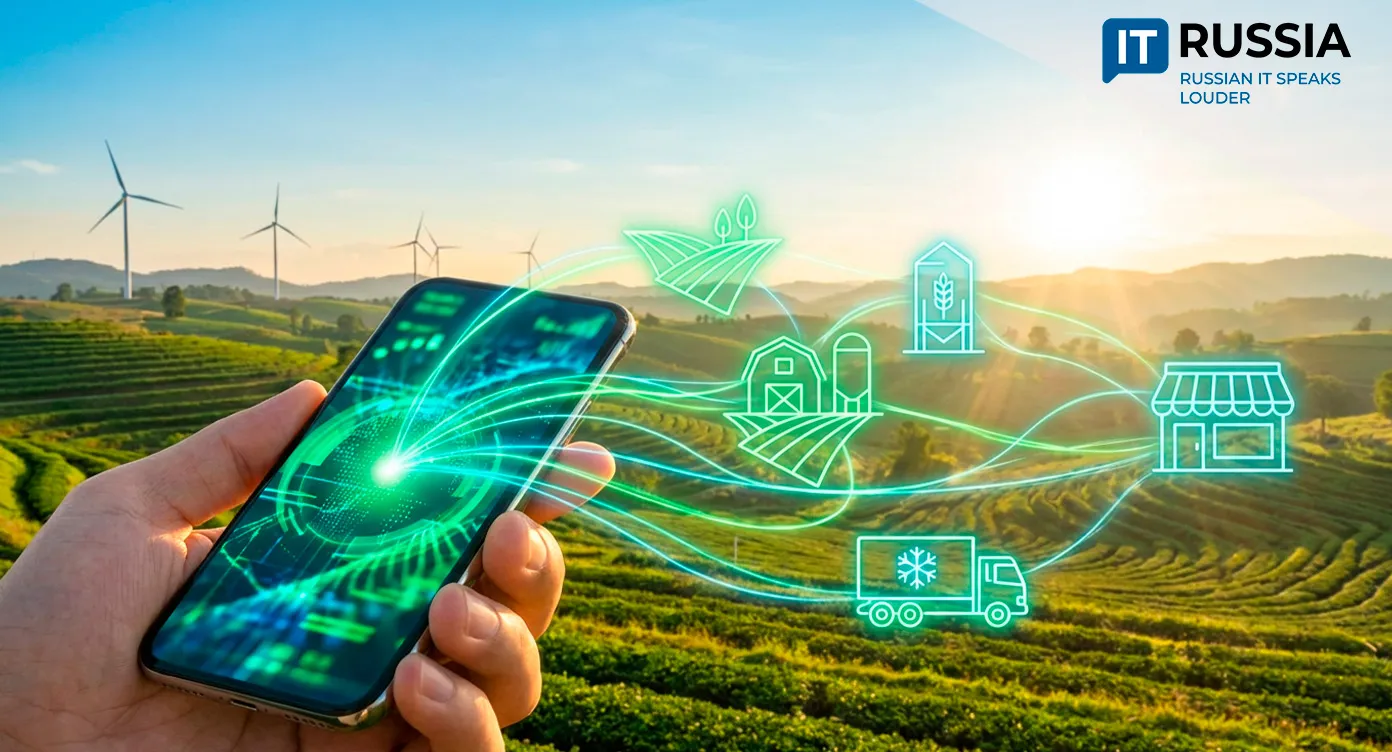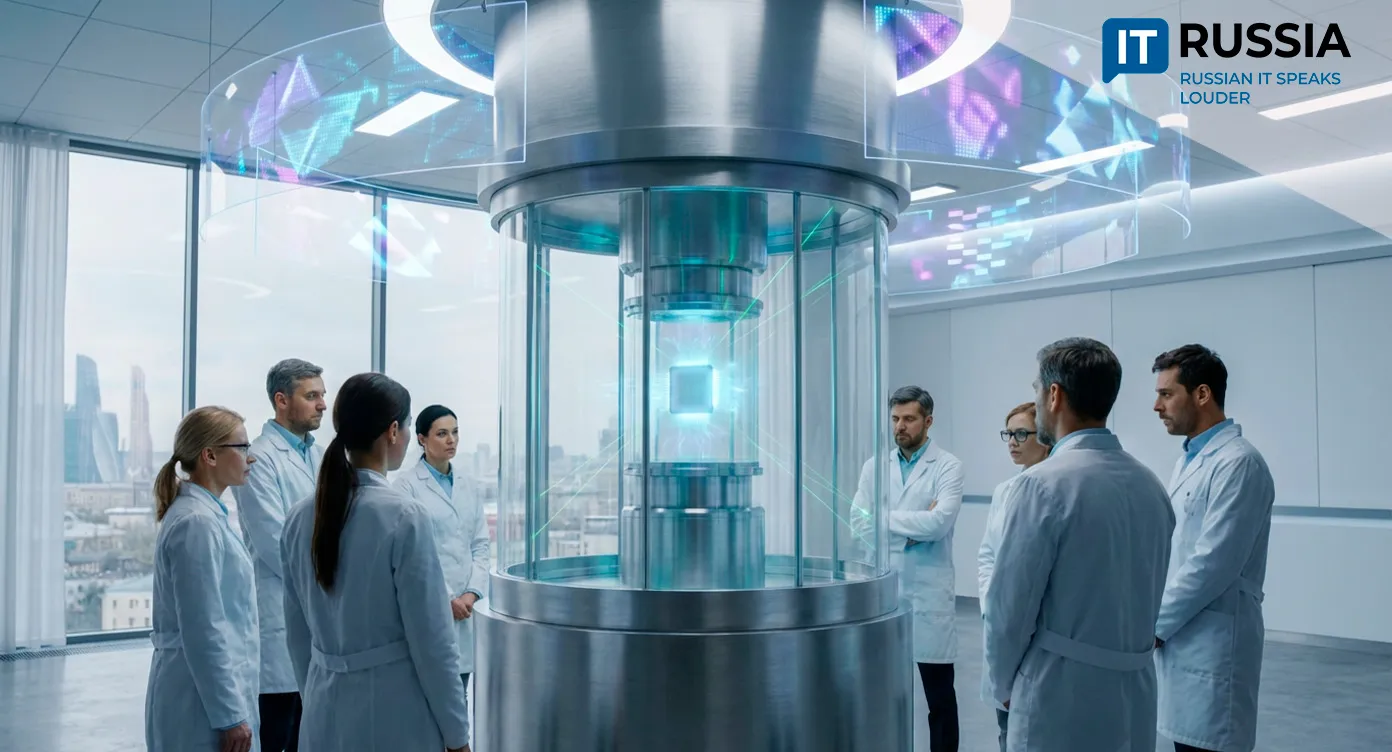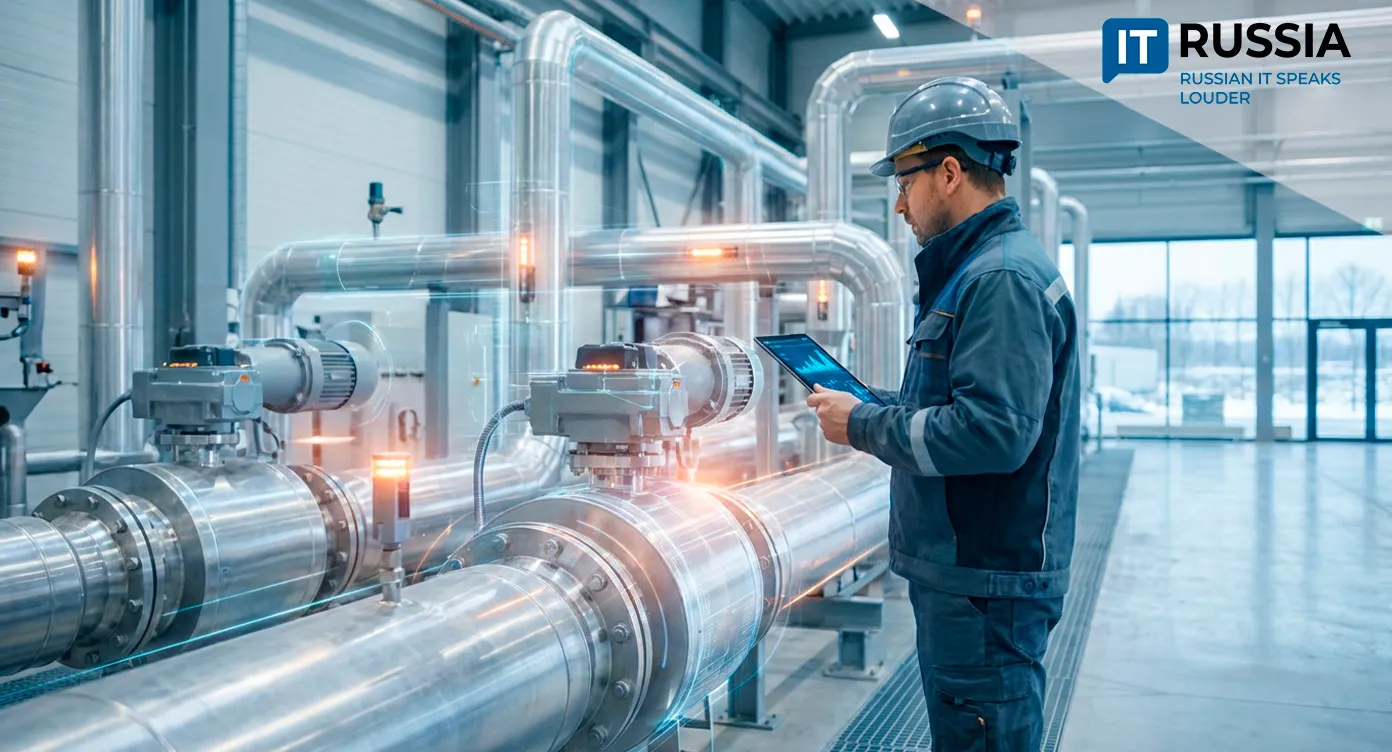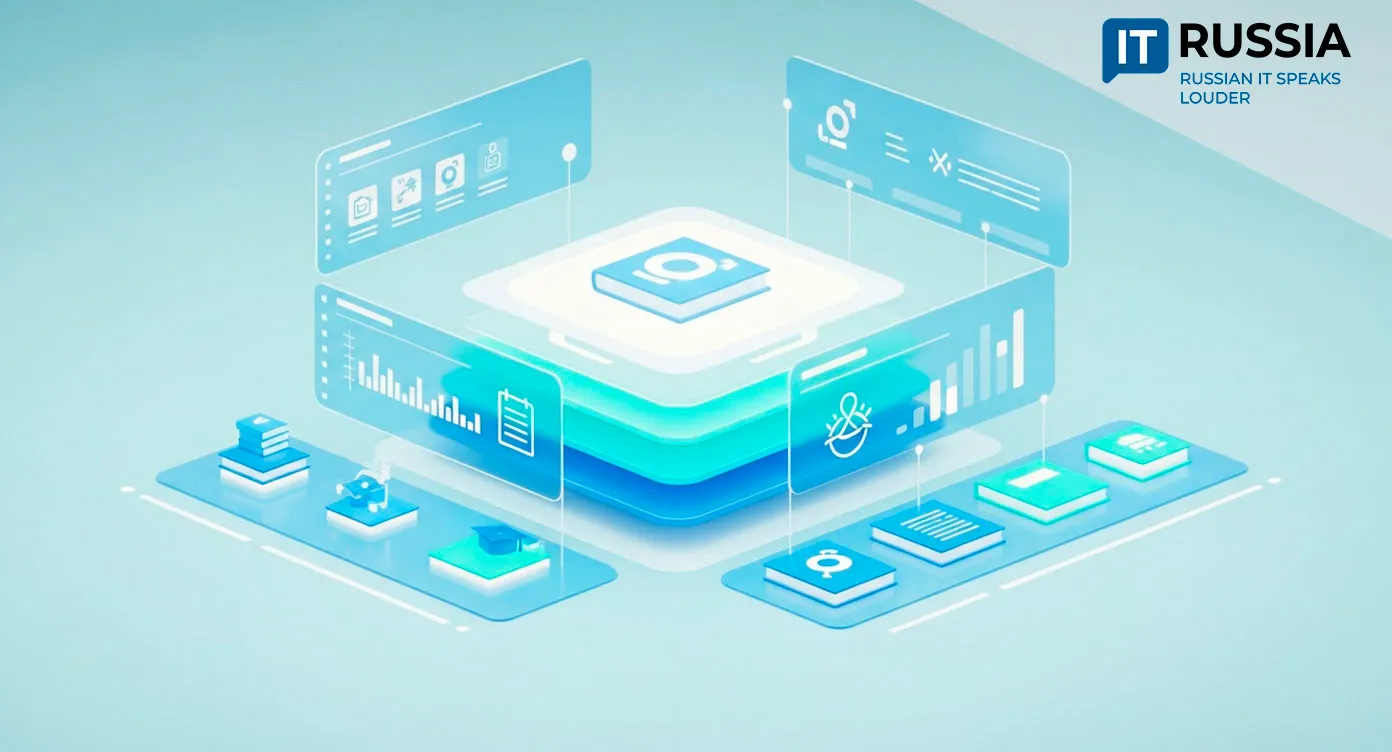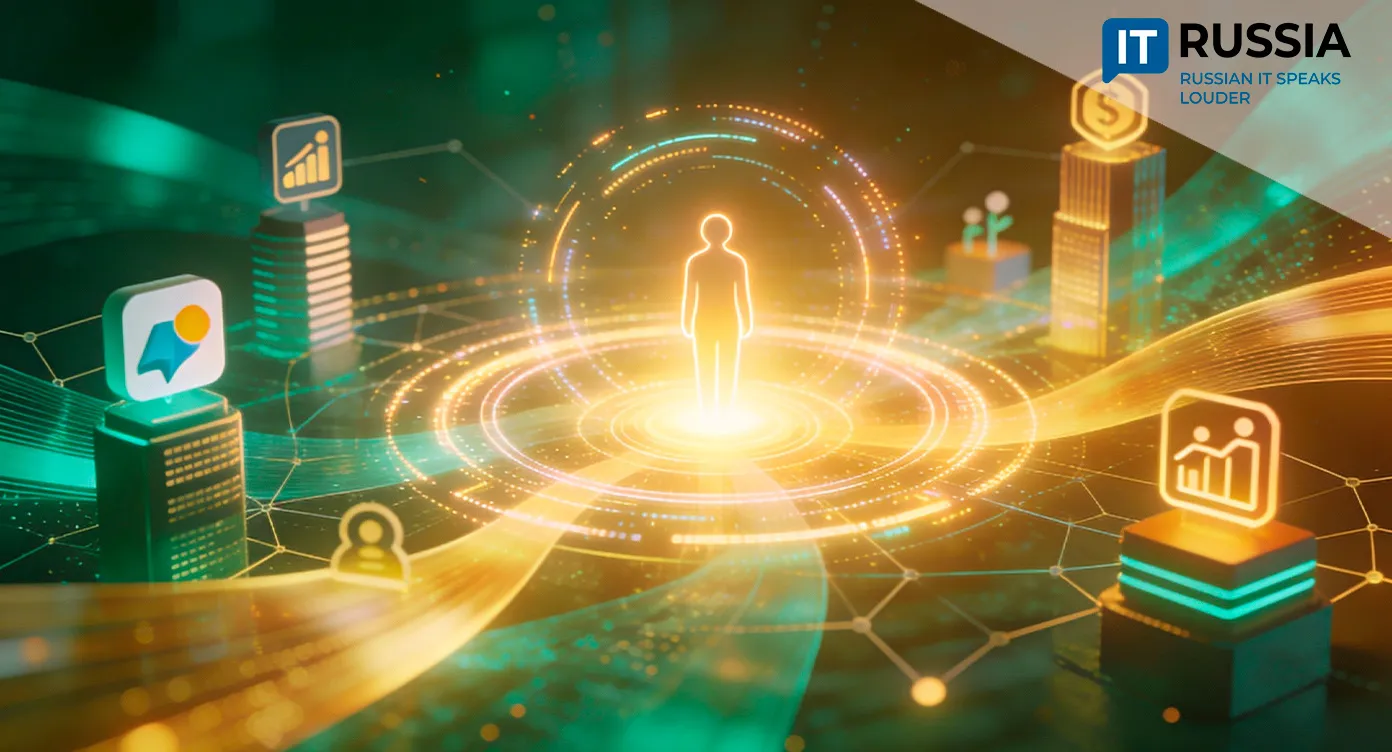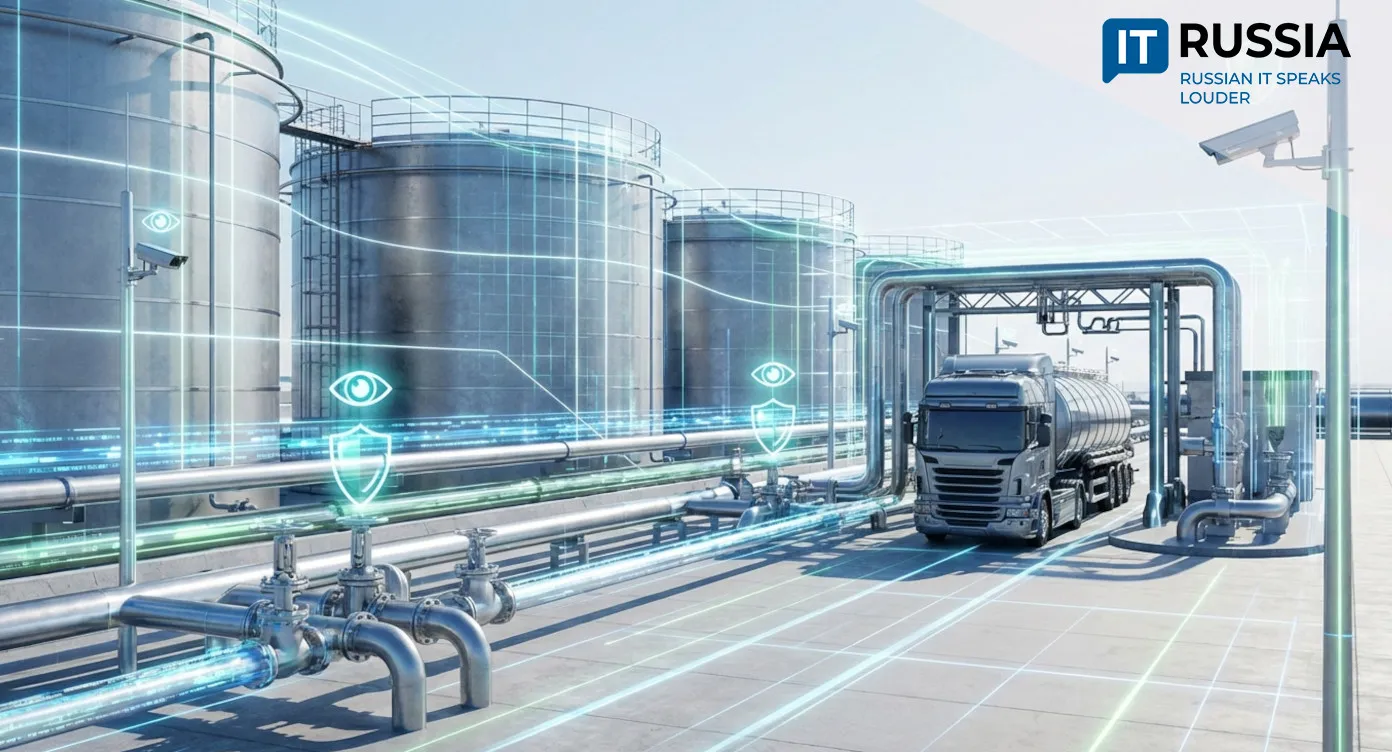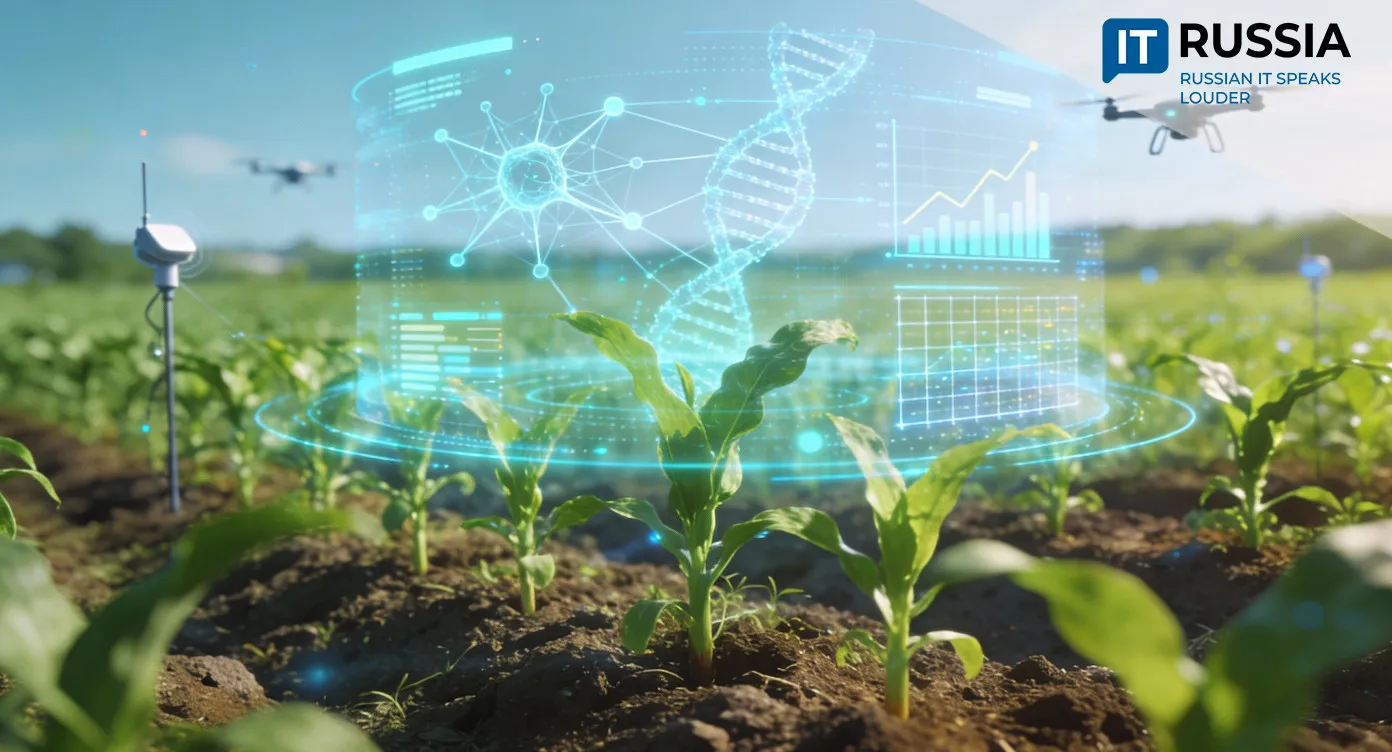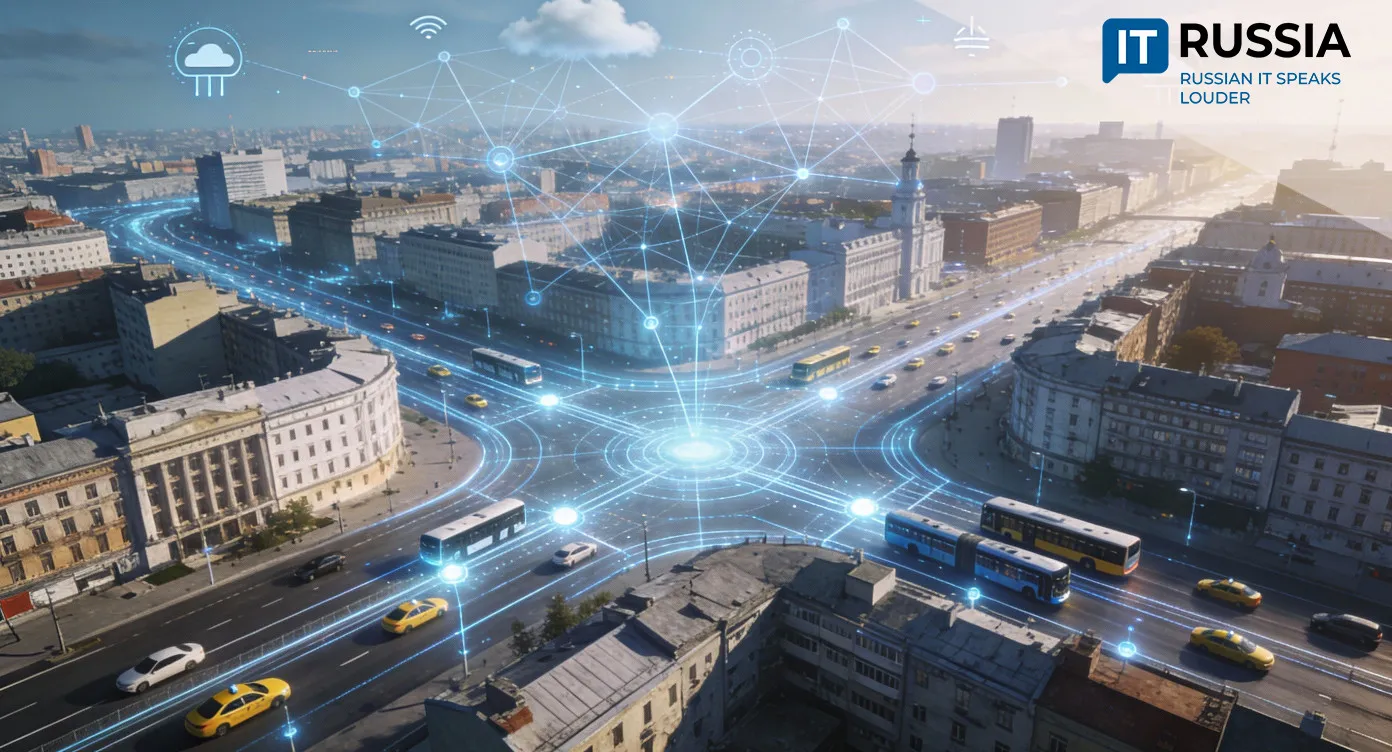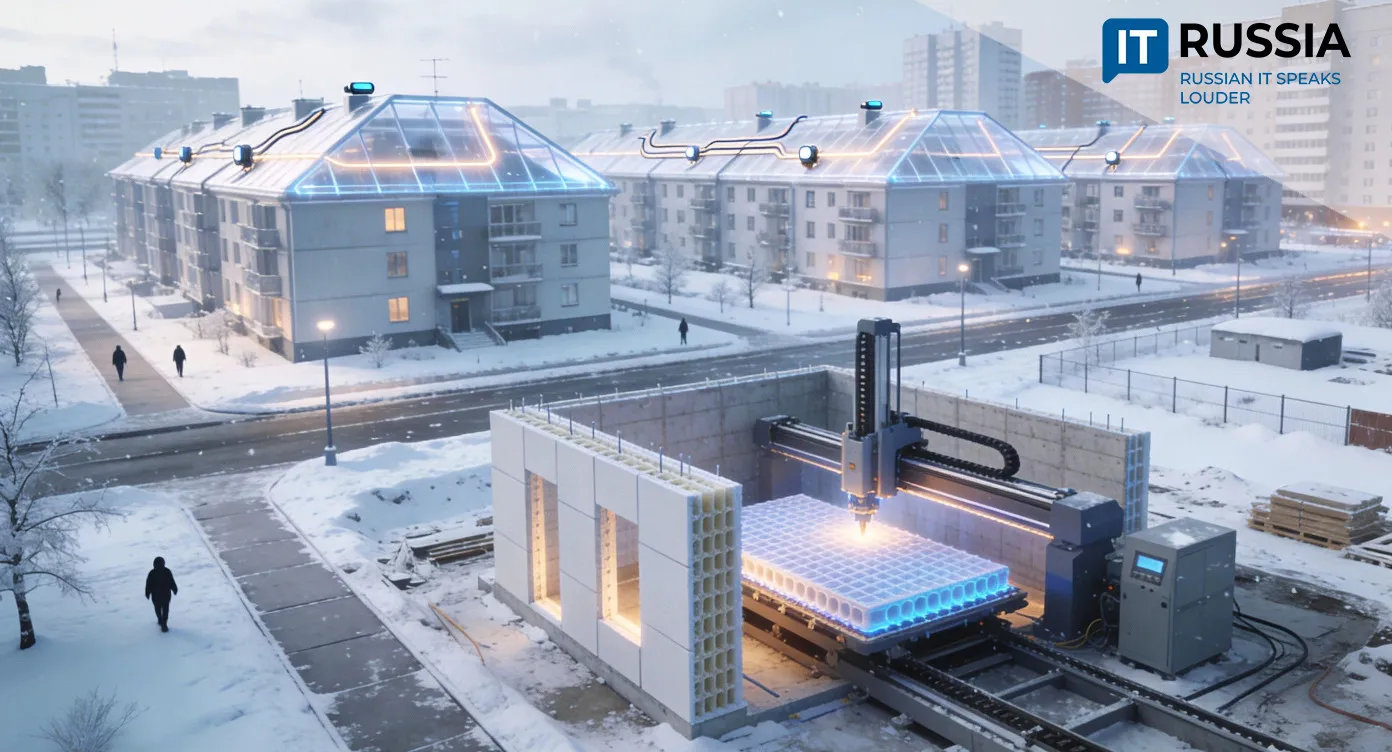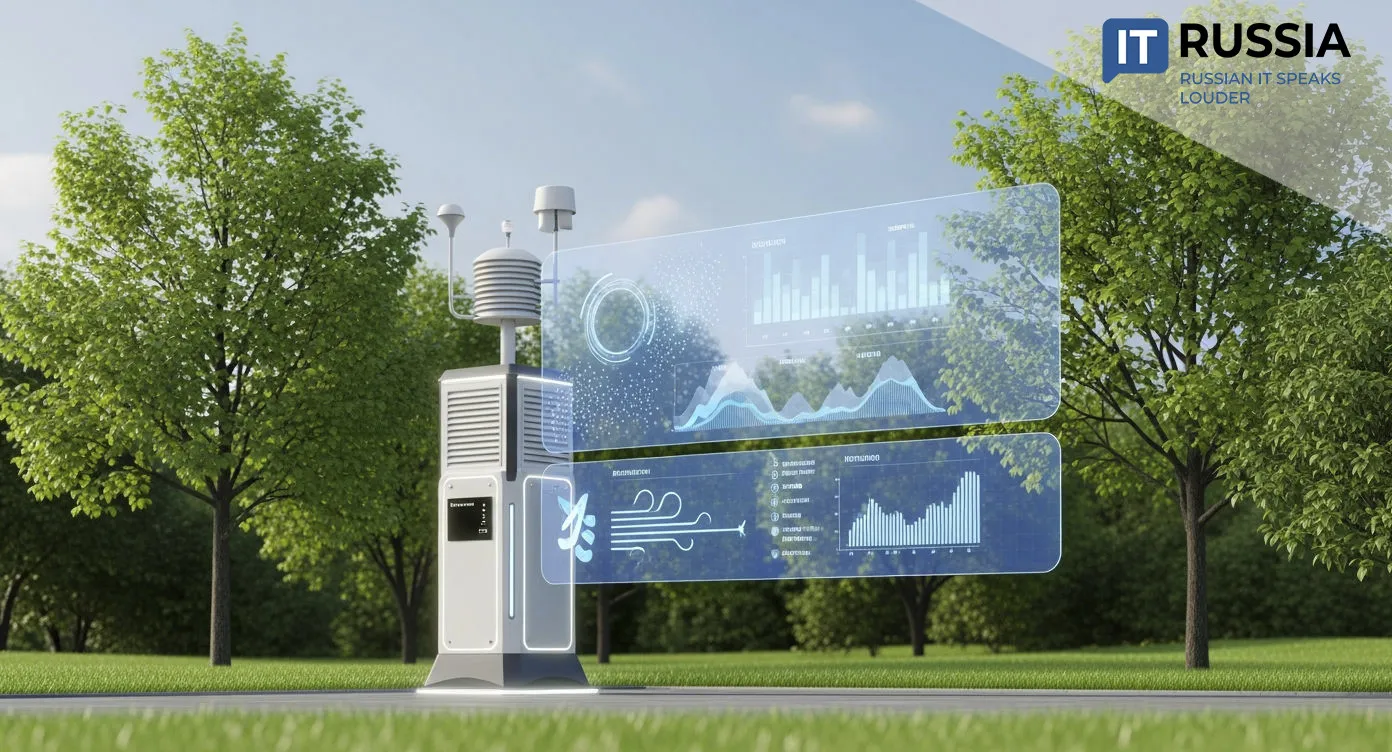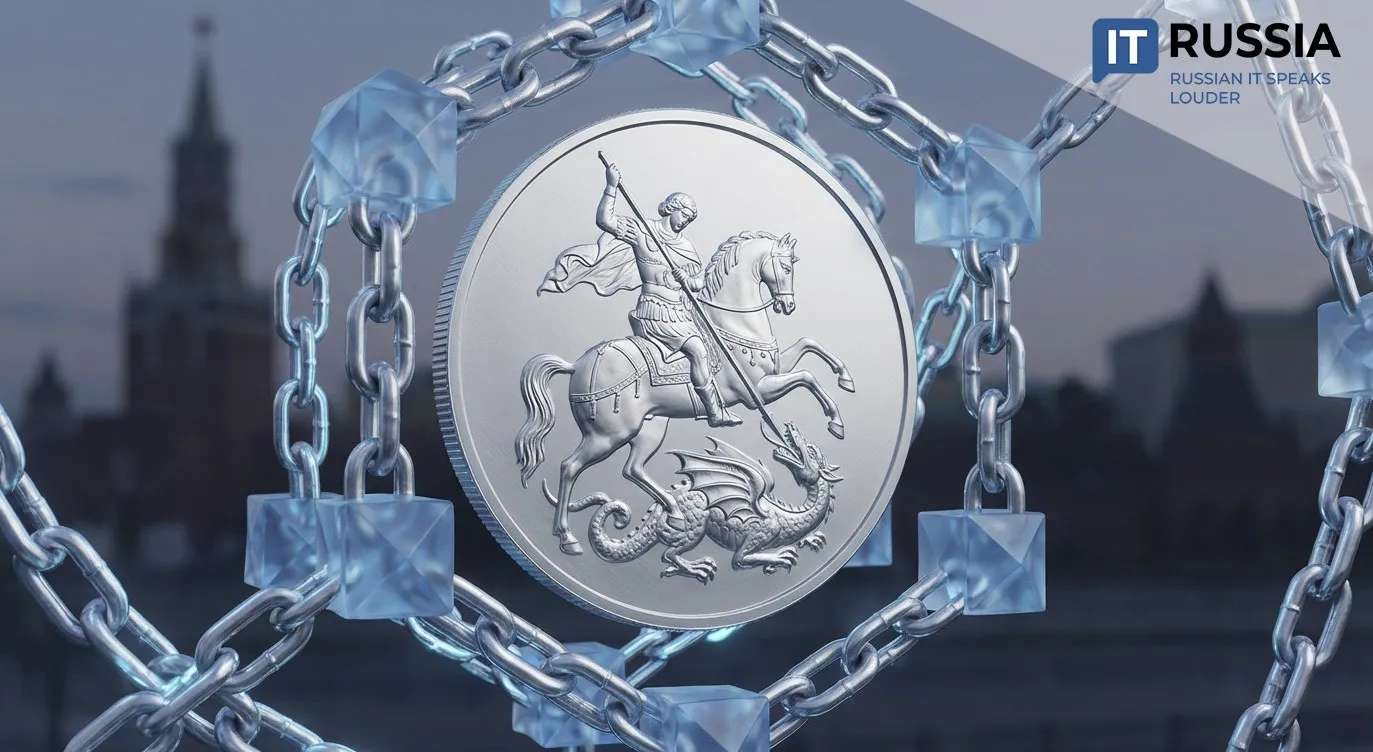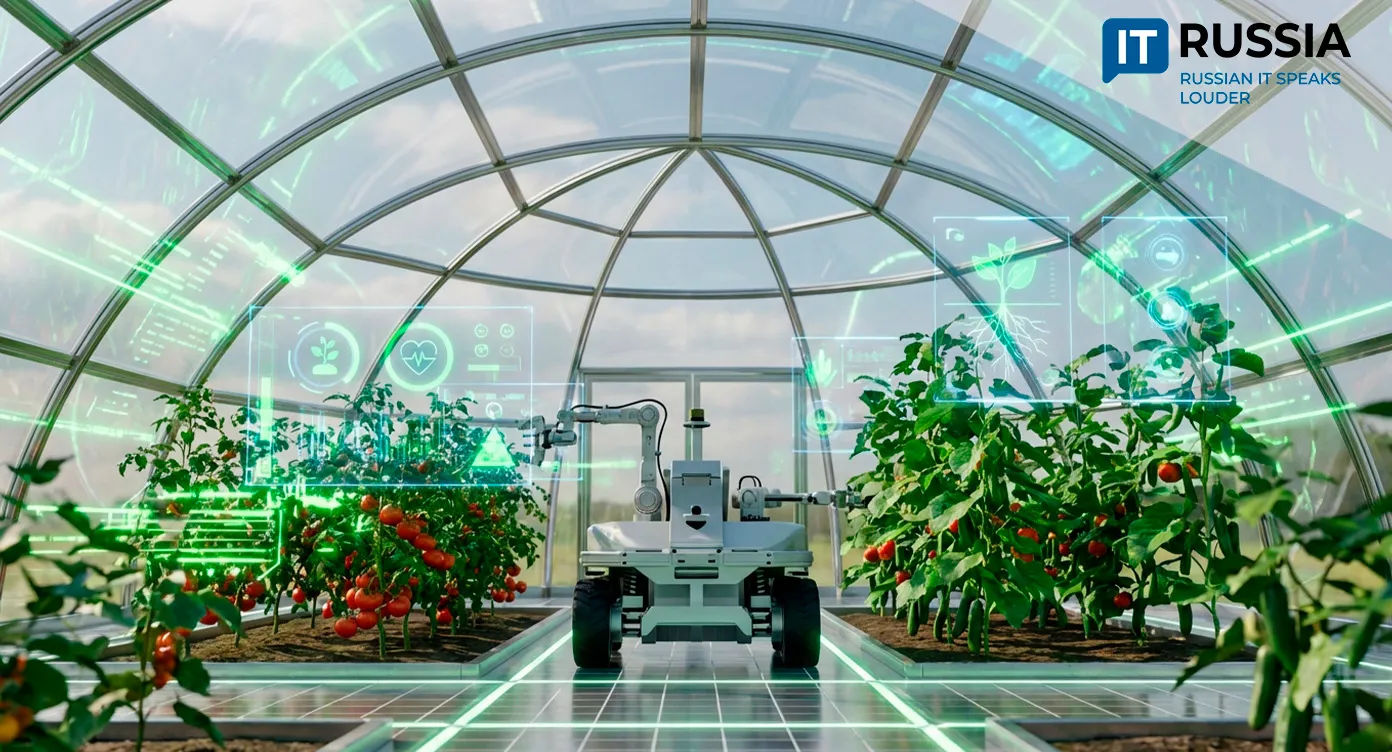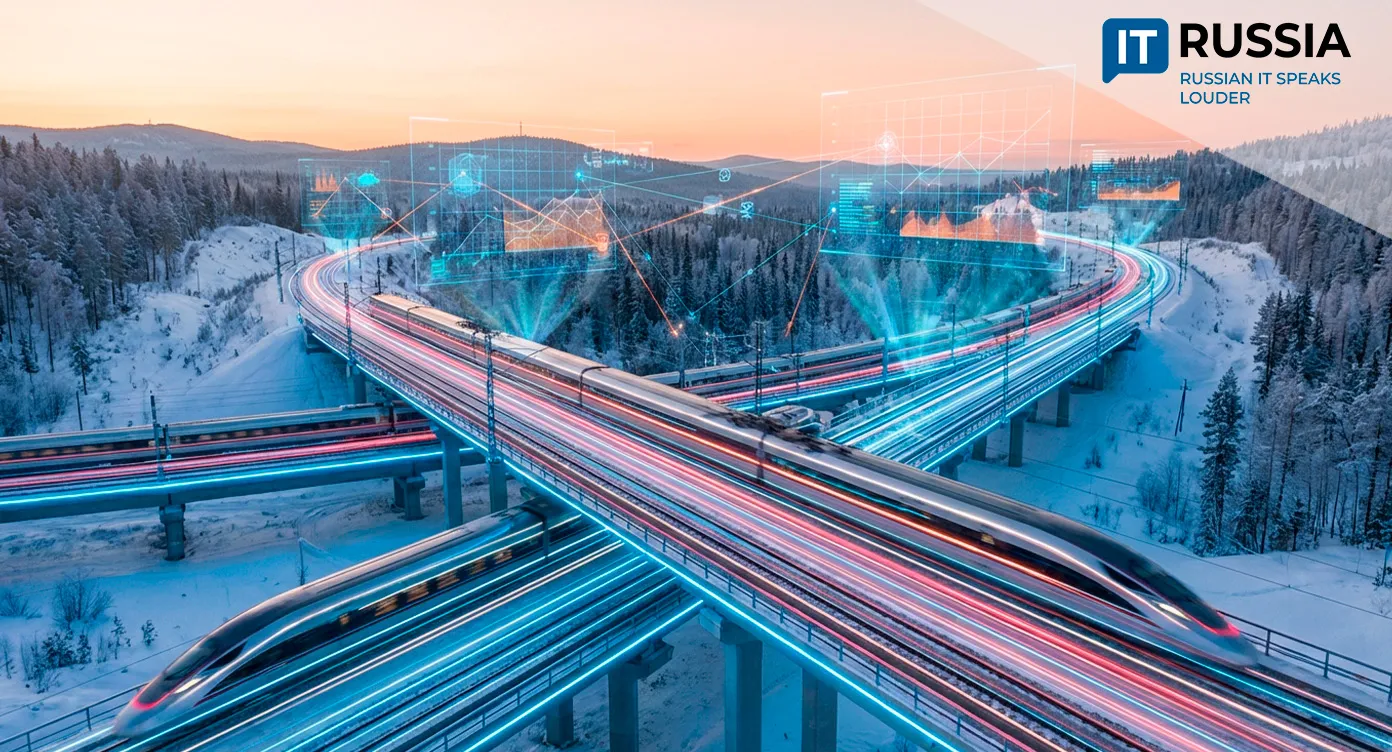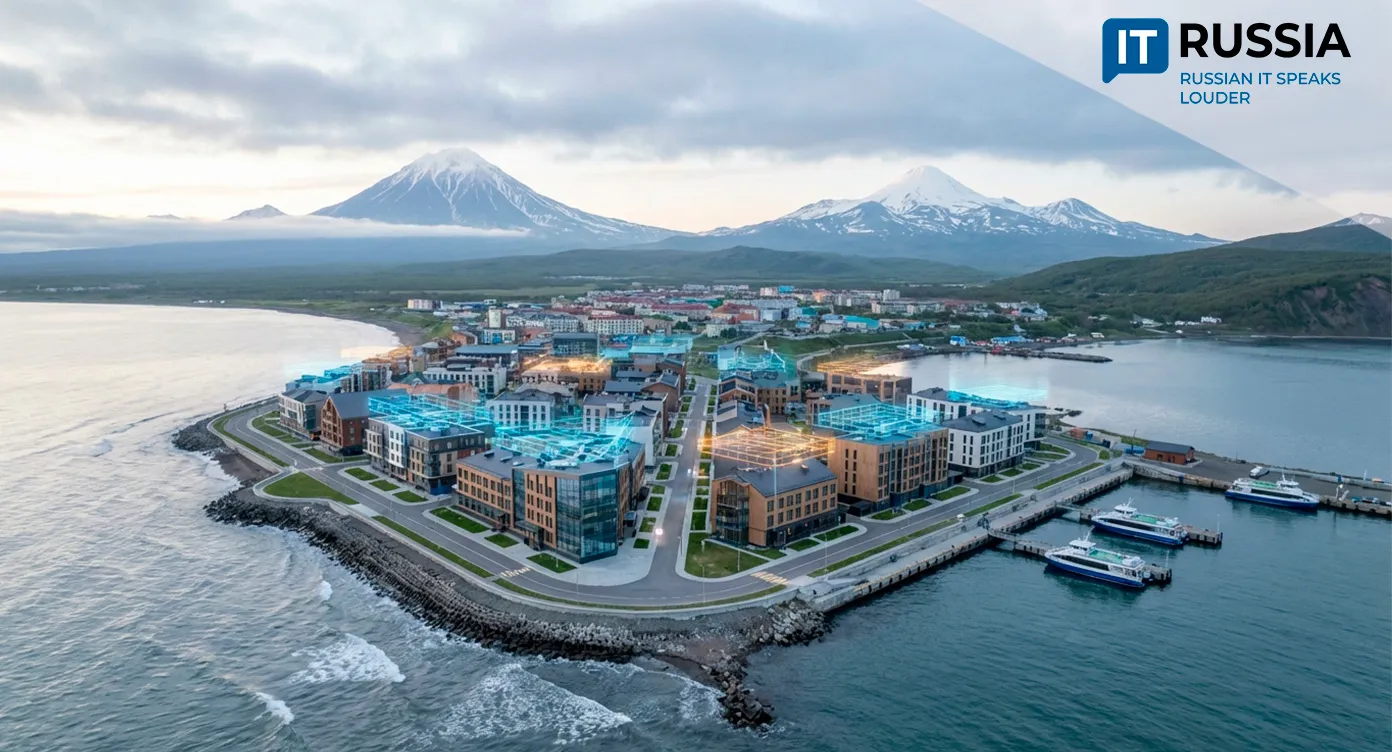Smarter and Growing: AI Algorithms Transform Tatarstan’s Agriculture
Agriculture in the Republic of Tatarstan is undergoing a rapid digital transformation. Seventeen AI-powered systems have already been deployed across the region’s agricultural sector.
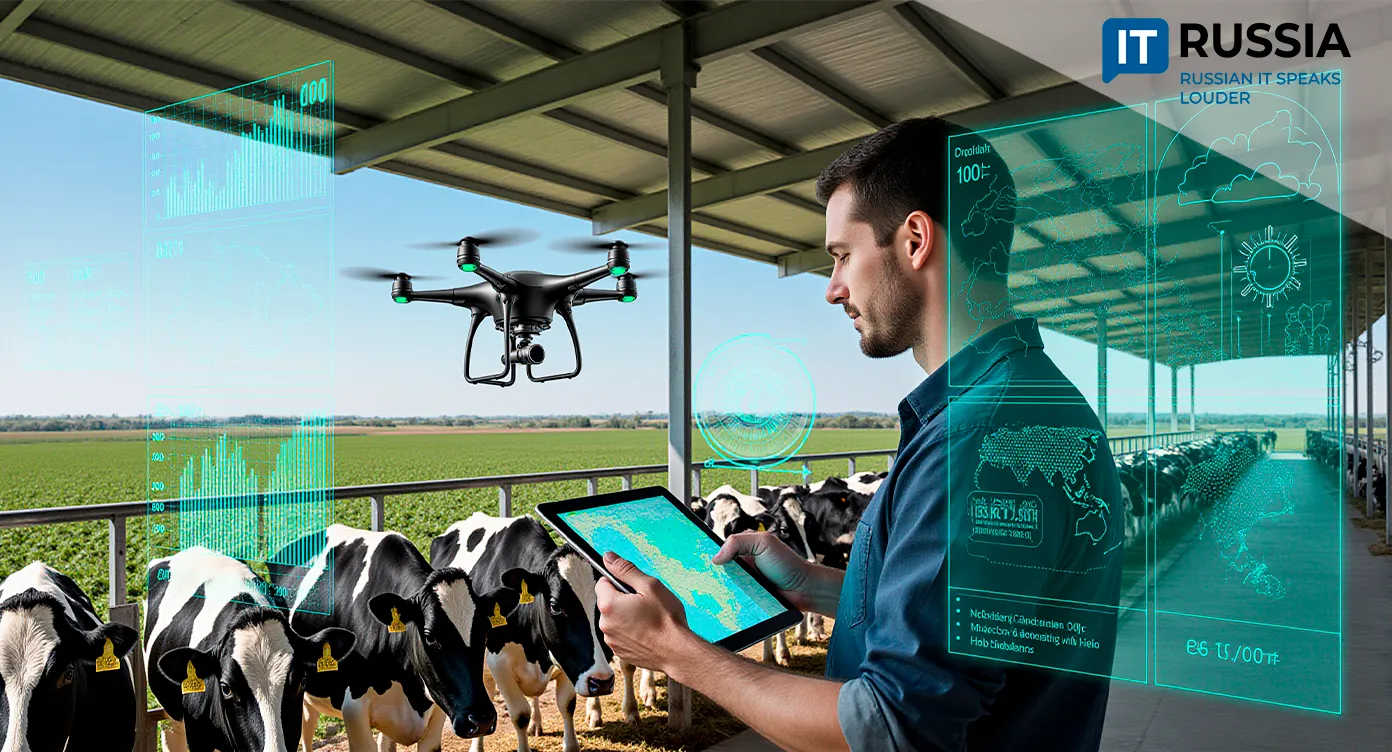
Digital modernization
Tatarstan’s agro-industrial complex is quickly modernizing through advanced technologies, supported by the regional government. From the budget, 250 million rubles (about $3 million) were allocated for the integration of artificial intelligence (AI) into agriculture.
At the international forum Kazan Digital Week, Niyaz Khaliullin, CEO of the Republican Information and Computing Center (RIVC), announced that three major AI systems were introduced in 2025.
One system ensures compliance with regulations during machine milking. Farms define specific rules, install video cameras and equipment, and train the AI system. The neural network recognizes objects in the milking hall and records all actions in a digital log. This strict sequence of operations yields tangible benefits. Milk profitability grows thanks to improved quality grades, savings on herd recovery, and reduced production losses. Overall milk yield increases by around 10%, while treatment costs for cows are cut in half.
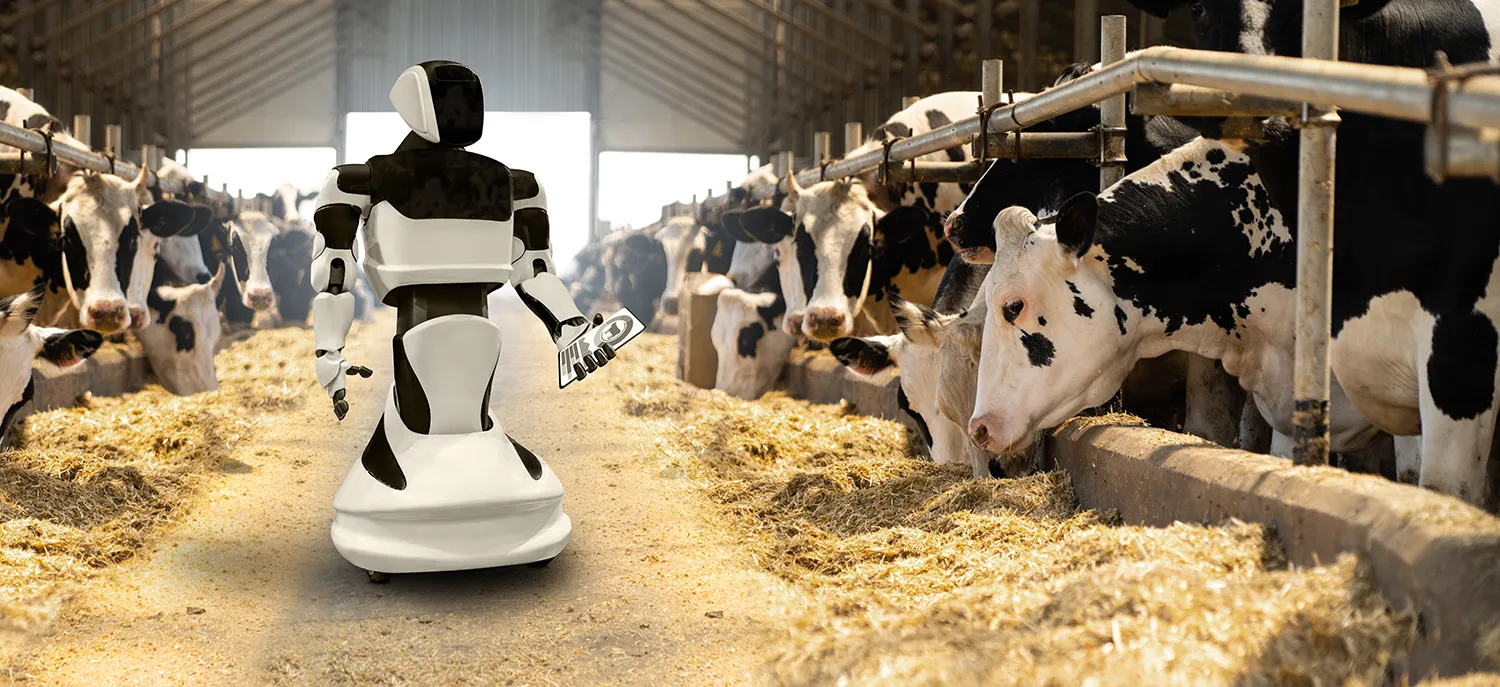
Another AI solution automates milk yield accounting. Data from each cow is transmitted to a state information system (GIS) for productivity evaluation. This helps optimize animal feeding and reduce unnecessary milking. As a result, illnesses decline and milk quality improves.
Network of smart agrometeorological stations
For crop farmers, Tatarstan is building the largest network of agricultural weather stations in Russia. This initiative is being implemented by Rostelecom in partnership with RIVC. The new network identifies weather phenomena dangerous for agriculture, forecasts pest outbreaks, and tracks the development of plant diseases.
The system relies on satellite imagery, drones, and mobile devices. Farmers now have tools to manage resources more effectively.
“We have started experimenting with variable-rate pesticide application. With AI, we can build a weed distribution map across fields and apply herbicides selectively—more in some areas, less in others, or even different mixtures. We expect savings of up to 15%, and we’ll summarize the results at the end of the season,” explained Ilya Voronkov, CEO of GeomirAgro LLC.
AI is also proving valuable in pest control. The system identifies species, counts populations, monitors reproduction speed, and suggests effective countermeasures based on available farm resources.
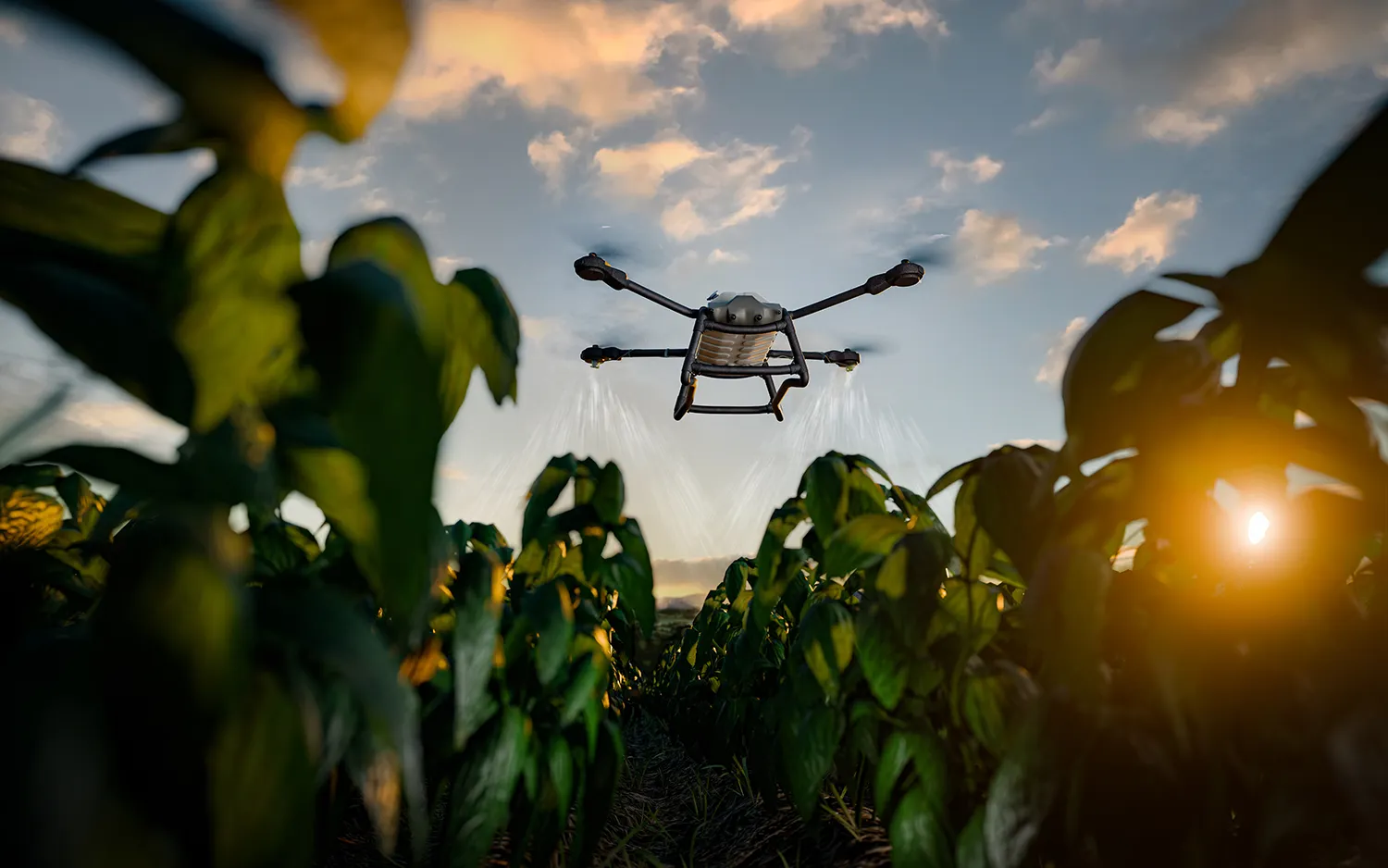
In sum, 17 AI systems have already been introduced in Tatarstan’s agricultural sector. The republic leads Russia in agricultural digitalization, steadily building a suite of digital tools to support the industry’s growth.
Production growth and modern jobs
Today, Tatarstan ranks among Russia’s agricultural leaders. For example, it holds the top spot nationwide in milk production. The industry’s growth is driven by the combination of traditional farming practices and digital innovations. This dual approach ensures stability and improves product quality.
The region has established infrastructure for future development: state information systems for agriculture, the agrometeorological network, and AI analytics platforms.
In addition, Tatarstan’s market for agricultural software and hardware solutions is growing. Domestic digital systems have emerged that not only surpass foreign analogs in performance but are also more affordable, including for small businesses.

AI adoption is happening fast. “By 2030, we expect half of the enterprises in key sectors to switch to artificial intelligence and smart devices,” noted Rustam Minnikhanov, head of the Republic of Tatarstan, at the Kazan Digital Week plenary session.
Outlook
The increase in farm revenues after adopting digital tools is motivating farmers to embrace AI and learn how to use it effectively. Tatarstan has already established training programs to prepare agricultural specialists for new technologies.
Systematic AI integration is strengthening the region’s agriculture, making it attractive to both investors and young professionals. These successful practices can now be replicated across other Russian regions, accelerating nationwide agricultural digitalization.




